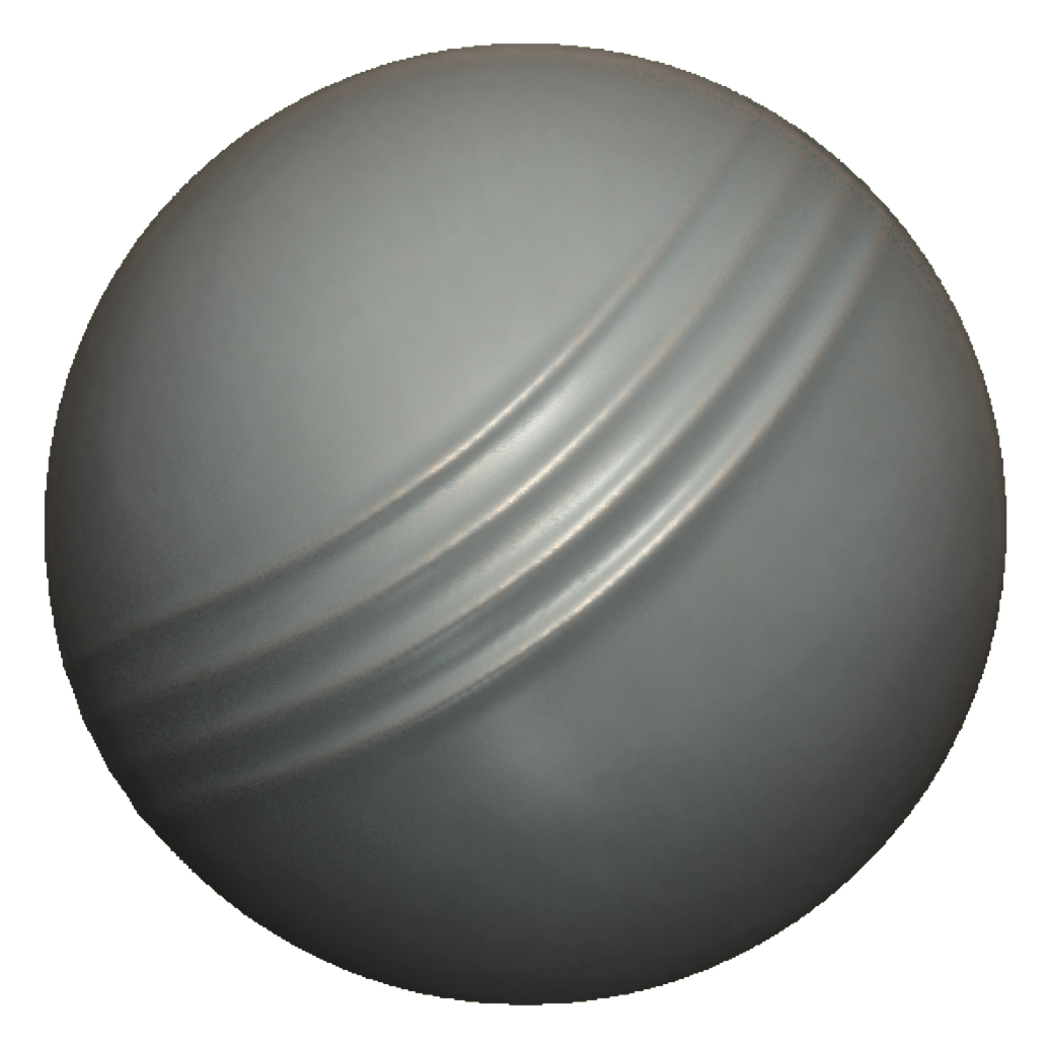
Step 30: Cloth Slide will lift the surface and create folds as it moves along and bunches the fabric. Step 29: Next brush which is Cloth Slide. Step 28: Cloth Pinch Trail as the name suggest leaves a trail of pinch, it can be used on pillow, wound, scars as the pinching will be repeated on the path of the stroke.

Step 27: Next brush which is Cloth Pinch Trail. If you hold Alt then the direction of the crease will be reversed relative to the surface. Step 26: Cloth pinch will pull the surface on itself which will create a crease. Step 25: Next brush which is Cloth Pinch. Step 24: Cloth Move give you more control over the cloth dynamics and also there will be less stretching then the cloth pull brush so you can do subtle adjustment in the cloth folds and wrinkles. Step 22: Cloth Hook brush simulate the effect of grabbing, holding, and dragging. Step 20: Cloth Fold brush slightly twist the surface to create wrinkles and folds. Step 18: Cloth Ball brush is similar to cloth inflate, but it is bases off the standard brush and so the surface normal will not be inflated. Again, remember to adjust the Z intensity and draw size to get the desired result. Step 16: Cloth Inflate brush shapes the surface as if it is covering a sphere. Step 15: Next brush which is Cloth Inflate. Step 14: Cloth pulls brush drag the cloth surface. Step 12: If you feel that the resolution of the mesh is low then you can subdivide mesh which will doubles the horizontal and vertical resolution. If you want more fine-tuning then you can use the focal shift but its uses are rare and it is mostly to control the falloff how steep or shallow you want. You can adjust Z intensity to adjust how the depth information is applied to the current tool or object and draw size determines the size of brush strokes or editing actions. Step 11: So, Cloth nudge brush slightly moves the surface which cause ripples. Step 10: Let’s start with the first brush which is Cloth Nudge. Step 9: So, the pillow is successfully imported and is aligned on Y-axis.

Step 8: Keep the FBX import options to default and if there is a duplicate camera names warning then Replace.

Step 7: Next we will import the pillow FBX file from tool palette.

Also, press Floor to activate perspective floor grid which can be activated per axis, and by default Y-axis is enabled. Step 6: Enable perspective button to which will apply perspective foreshortening to a 3D object.


 0 kommentar(er)
0 kommentar(er)
